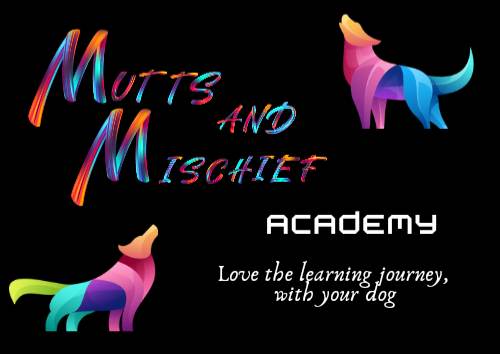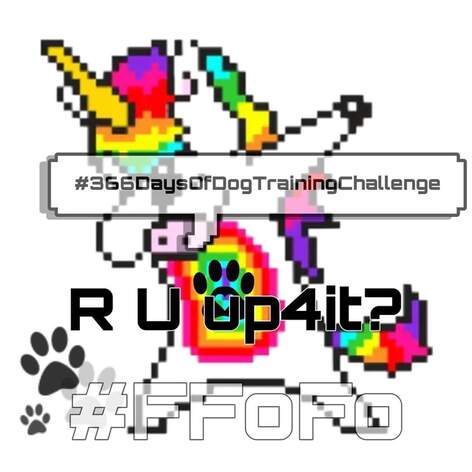|
Freedom from discomfort - one of the five freedoms of the Animal Welfare Act 2006 UK
Under the Animal Welfare Act all Animals have the rights to: Freedom from hunger, thirst or malnutrition Freedom from discomfort To be able to exhibit normal behaviours Freedom from fear and distress To be protected from pain, suffering, disease and illnesses. As it is such a big topic I'll explore each freedom within each blog. The Five Freedoms first came to circulation in the 1990's due to John Webster which was simply an extension of the original Brambell Committee report which focused on the space of farm animals. (1) (2) When the Five Freedoms were originally applied to all animals in captivity or domestic settings and not just livestock. It was felt that the freedoms were clear and not open to interpretation. That people would read them and not mistake what they meant. They did not account for human error or interpretation. For example if you Google right now, freedom from discomfort. You will see that it is focused on shelter and that the animal must have suitable shelter. They did not consider the nuance of these freedoms. So some people may read this freedom and say "OK, they aren't in the rain, they are sheltered from the sun and they have a blanket in winter." The literal bare minimum, because the law is written so poorly. For myself and colleagues freedom from discomfort is so much more than shelter! It is freedom from hunger pangs, freedom from distress caused by human emotion, freedom from aversives, freedom from negative situations, freedom from ever being put in a situation which would cause emotional discomfort. Of course as the author and I agree, we cannot wrap animals in bubble wrap and prevent them from ever experiencing any of the above freedoms. But what we can do is absolutely strive to never let an animal feel distressed or compromised and if they do ever feel distress such as bumping into a door frame for example, we can be there to reassure them, check them over, take them to the vets if needed, we can prevent a negative experience from environmental learning from becoming a trauma. (3) Science explored this further by longing at the states known as "affect and affective states" - affect applies to internal emotions and physiology of how the animal feels as well as sensory and environmental factors that can negatively affect how an animal feels. (4) We as humans also need to understand that genetically animals are programmed to feel particular emotions and physiological changes that could be negative for their ultimate survival. With this we run the risk of entirely removing the biology of the animal at their core and leave them in a vulnerable state. Where survival skills only would not be used but also not passed on to offspring. (5) So to quickly break this down, something we express in holistic behaviour is helicopter parenting, where we understand fundamentally a dog may have negative experiences such as bumping into a door frame. However, how we support the dog, comfort them and enable their confidence makes all the difference of a learning skill to a trauma. So preventing traumas, being a helicopter parent and supporting the dog by rewarding them as often as possible supports us in meeting the freedom of "expression of normal behaviours." (6) It is really important to understand whenever exploring law, which I do a lot as many of you will know. It is so open to interpret or misinterpretation. Some people may see the five freedoms and think "Well I shall take this literally and provide the bare minimum." Others like myself take this much more seriously and are happy with the identity of a helicopter parent to our animals and supporting them holistically in their health, wellness and survival. We also have to consider the layout of the home, are there any drafts which could negatively affect our dog and wake them? Is it too hot for them? Do we need to consider a raised bed for air circulation and their joints? Do we need an orthopedic bed? Are there any external or internal sounds which could negatively affect them? Do they feel safe enough to sleep and enter deep sleep? Are they housed appropriately such as any animals that frighten them? There are so many things to consider as to how we affect our dogs. If we affect our dogs negatively this can develop into physical symptoms. We know this from studies and research of negative behaviour changes and guardians taking or not taking their dog to the vets for a wellness exam. If you refer back to my blog on "The importance of vet checks." https://www.facebook.com/100057373879884/posts/676485464273910/?sfnsn=mo So once again, when we bring a dog into our lives we research how to keep our dog well, for example yearly vaccinations or titre testing, keeping them safe and under control in public, keeping an eye out for local diseases, looking for ways to enrich them and meet their needs, ensuring they have the opportunity to be a dog, changes in behaviour which could be an indicator of unwellness and looking at supporting them so that they do not live in a negative affective state. Because as dog guardians this is what we want, happy, healthy dogs who we can confidently say have had a really good life and we absolutely strived to do the best for them, everyday. Next in the series I'll be discussing the next freedom: to be able to exhibit normal behaviours. References Webster J. Animal Welfare: Limping Towards Eden. Wiley-Blackwell; Chichester, UK: 2005 Brambell Committee . Report of the Technical Committee to Enquire into the Welfare of Livestock Kept under Intensive Conditions. Her Majesty’s Stationery Office; London, UK: 1965. Command Paper 2836 Mellor, D. (2016) ‘Updating animal welfare thinking: Moving beyond the “five freedoms” towards “A life worth living”’, Animals, 6(3), p. 21. doi:10.3390/ani6030021 Fraser D. Understanding Animal Welfare: The Science in Its Cultural Context. Wiley-Blackwell; Oxford, UK: 2008 Mellor D.J. Enhancing animal welfare by creating opportunities for ‘positive affective engagement’ N. Z. Vet. J. 2015;63:3–8. doi: 10.1080/00480169.2014.926799 Anonymous. Farm Animal Welfare in Great Britain: Past, Present and Future. Farm Animal Welfare Council; London, UK: 2009. pp. 243–254
0 Comments
Leave a Reply. |
BlogFor Mutts & Mischief If you enjoy my blogs and
would like to support my work, you can support me by buying me a Coffee! Archives
July 2024
|
Or are you looking for support and would like to get to know us better?
If the answer is yes then click the image below to join my free facebook group. What is Mutts & Mischief Community?
So it is what it says on the tin! Its a community that is international of Clients and Colleagues with the most supportive and friendly people on the planet. Dog Trainers and Behaviourists from all over the world!
Why did I set up such a mammoth group?
I wanted to have a group exclusively for Clients. For support and to meet uo and build on friendships from Classes or One to Ones. I want Clients to see you are not alone with your Dog and the problem you maybe having that you are not the first and won't be the last! I wanted a safe place where Clients could trade stories good and bad in one place for free!
I also wanted a safe place for the Trainers and Behaviourists I mentor within Social Media Platforms.
Why do this for free?
Because when I say I offer an holistic service I really do. It isn't about the money it is about you and your dogs. You and your dogs are all that matter.
So I wanted to encourage people to do homework and build better quality relationships with their dogs. So 3 years ago I had a mad idea and set up the 100 days of dog training challenge. Once a day people would spend 5 minutes plus training their dog. Recording it and uploading their video onto the Community. Every participant recieved a Certificate.
What I didn't count on was how many Professionals wanted to join and how fast word would spread. So this year 2020 I set up a 366 days of dog training challenge.
We have Clients in America, Greece, Norway, Denmark and Spain. We have Trainers from Greece, Norway, Isle of Wight, America and many more Countries. As well as dog trainers and trainee behaviourists: I mentor all over the world.
So again yes this group is free. It is still primarily for clients and for people to get to know me but we also have the challenge running. Again for free. So if you want to join click the image below to be taken to the group directly. See you there!
So it is what it says on the tin! Its a community that is international of Clients and Colleagues with the most supportive and friendly people on the planet. Dog Trainers and Behaviourists from all over the world!
Why did I set up such a mammoth group?
I wanted to have a group exclusively for Clients. For support and to meet uo and build on friendships from Classes or One to Ones. I want Clients to see you are not alone with your Dog and the problem you maybe having that you are not the first and won't be the last! I wanted a safe place where Clients could trade stories good and bad in one place for free!
I also wanted a safe place for the Trainers and Behaviourists I mentor within Social Media Platforms.
Why do this for free?
Because when I say I offer an holistic service I really do. It isn't about the money it is about you and your dogs. You and your dogs are all that matter.
So I wanted to encourage people to do homework and build better quality relationships with their dogs. So 3 years ago I had a mad idea and set up the 100 days of dog training challenge. Once a day people would spend 5 minutes plus training their dog. Recording it and uploading their video onto the Community. Every participant recieved a Certificate.
What I didn't count on was how many Professionals wanted to join and how fast word would spread. So this year 2020 I set up a 366 days of dog training challenge.
We have Clients in America, Greece, Norway, Denmark and Spain. We have Trainers from Greece, Norway, Isle of Wight, America and many more Countries. As well as dog trainers and trainee behaviourists: I mentor all over the world.
So again yes this group is free. It is still primarily for clients and for people to get to know me but we also have the challenge running. Again for free. So if you want to join click the image below to be taken to the group directly. See you there!
Proudly powered by Weebly



